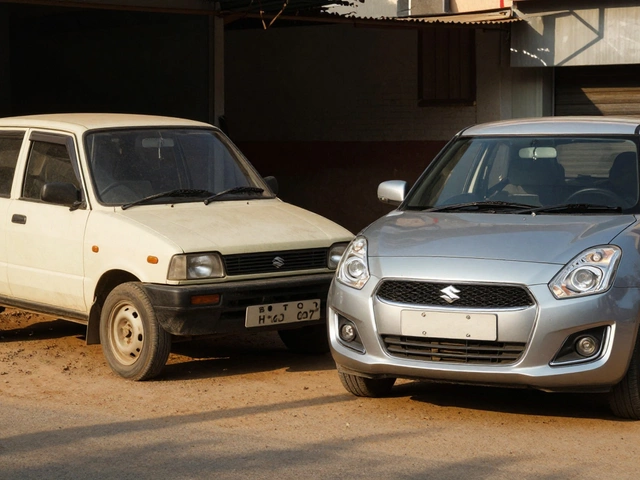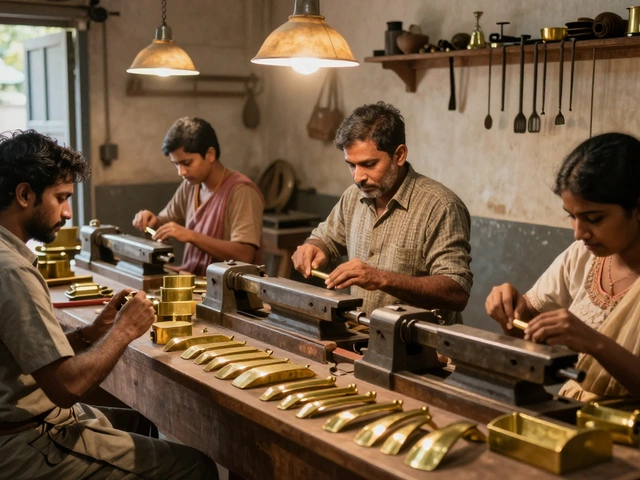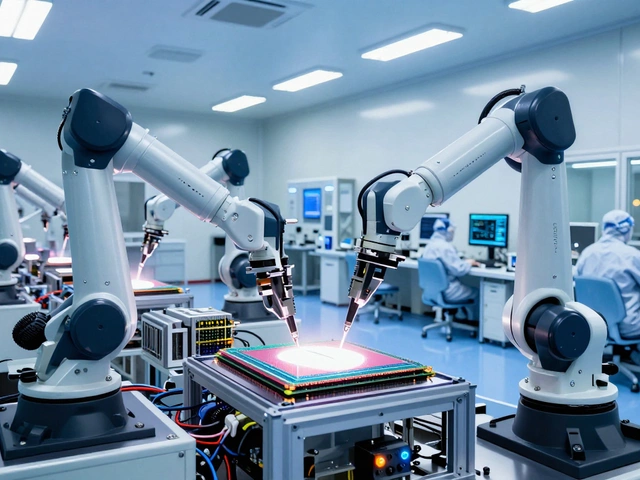Why Is the Indian Automobile Industry Falling Behind?
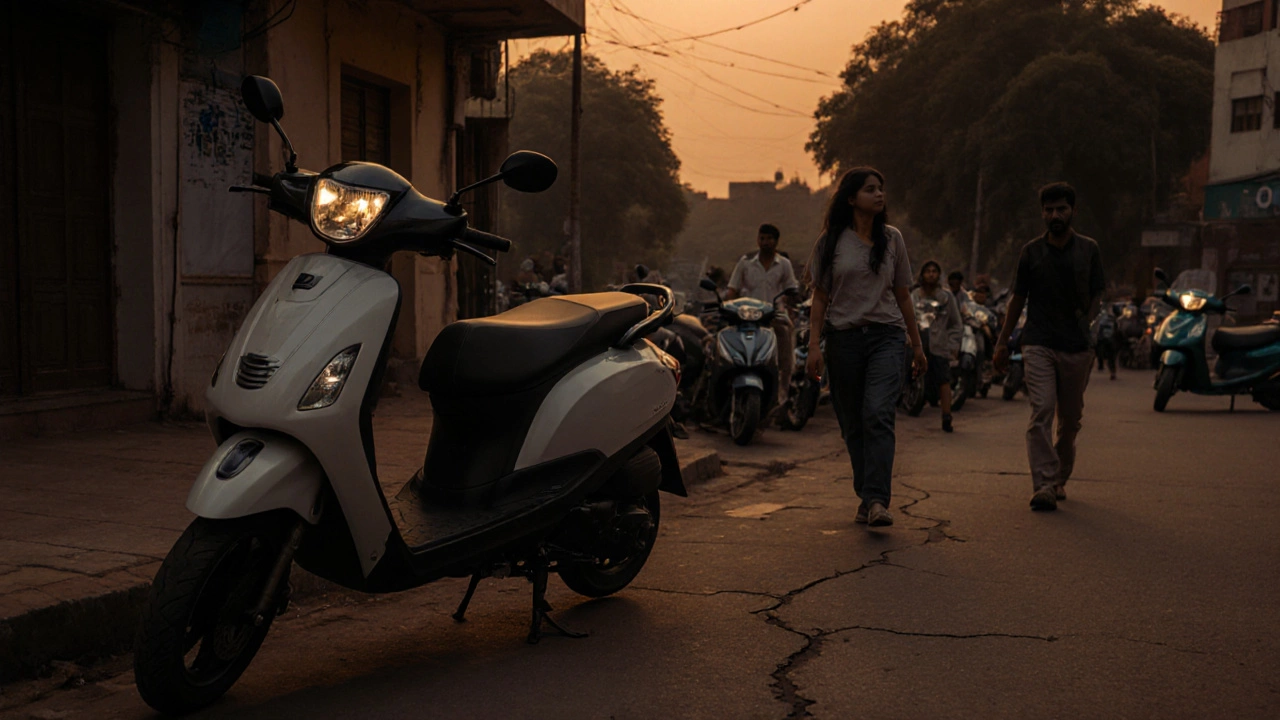
EV vs. Petrol Cost Calculator
India used to be the fifth-largest car market in the world. In 2022, over 4 million new vehicles were sold. By 2024, that number dropped below 3.7 million. The same trend shows up in two-wheelers and commercial vehicles. Sales aren’t just slowing-they’re shrinking in key segments. And it’s not just a dip. It’s a pattern. So why is the Indian automobile industry falling?
Electric vehicles aren’t selling like they should
Everyone talks about EVs as the future. But in India, that future isn’t arriving fast enough. In 2024, electric two-wheelers made up just 12% of total two-wheeler sales. For cars, it was under 5%. Compare that to China, where EVs hit 35% of new car sales, or even Europe, where it’s over 25%. Why the gap?
Charging infrastructure is still patchy. Outside of metro cities like Delhi and Bengaluru, public charging stations are rare. A family in Jaipur or Lucknow can’t easily charge an EV at home if they don’t have a garage or dedicated parking. And even if they do, the grid isn’t reliable enough to support daily charging without power cuts.
Then there’s price. An entry-level electric scooter costs ₹80,000-₹1,00,000. A comparable petrol scooter is ₹70,000. For many, that ₹10,000-₹30,000 difference is a dealbreaker. Battery replacement adds another worry-₹40,000 for a new pack after 3-4 years. Most buyers aren’t convinced the long-term savings justify the upfront cost.
High taxes and rising costs are pushing buyers away
India’s auto market is one of the most taxed in the world. A ₹10 lakh car can carry over ₹3 lakh in taxes-GST, road tax, registration, insurance, and cess. That’s nearly 30% of the price before the manufacturer even adds profit. In the U.S. or Germany, taxes on a similar car are closer to 15-20%.
Raw material costs have also jumped. Steel prices rose 18% between 2022 and 2024. Electronics components-especially semiconductors-still face import delays. Even after the Production Linked Incentive (PLI) scheme, many parts are still imported from China, Vietnam, or South Korea. That means Indian manufacturers can’t control supply or cost.
And wages? They’re rising. Factory workers in Gujarat or Tamil Nadu now earn ₹250-₹300 per day. Ten years ago, it was ₹150. That’s good for workers, but it raises production costs. Automakers have tried to pass these costs to buyers. But buyers aren’t buying.
Consumer confidence is at a low
People aren’t buying cars because they’re unsure about their jobs. Inflation hit 6.8% in early 2024. Food and fuel prices stayed high. Housing loans are more expensive. With interest rates above 8.5%, buying a car feels like a luxury, not a necessity.
Many families who bought a car in 2021 or 2022 are now holding off on a second one. Why replace a 5-year-old car when the current one still works? Used car prices have dropped, but new car prices haven’t. That makes trading in less attractive.
Even in rural India, where 40% of vehicle sales used to come from, demand is soft. Farm incomes haven’t recovered from the droughts of 2022 and 2023. Diesel prices remain high. Tractor sales, which often drive rural vehicle demand, fell 12% in 2024 compared to 2023.
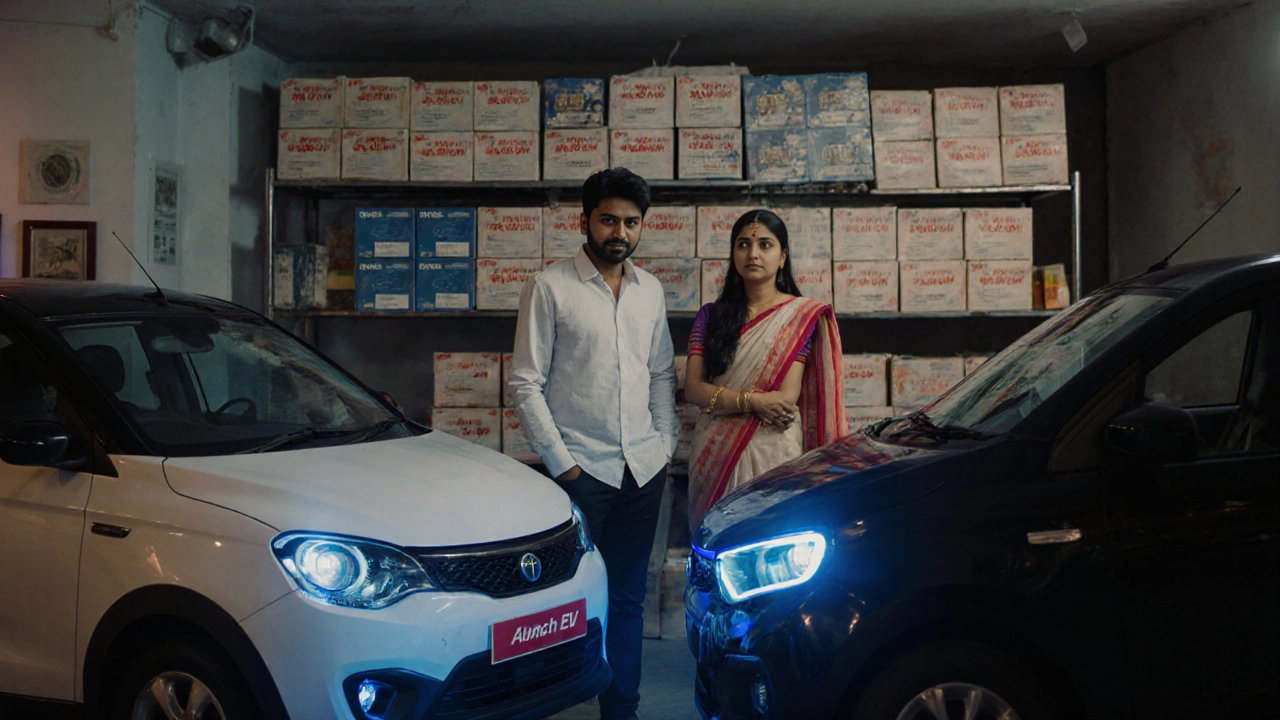
Manufacturers are stuck in old models
Most Indian automakers still rely on basic, low-cost models. The Maruti Alto, Tata Tiago, and Hyundai Grand i10 still make up over 50% of new car sales. These cars are reliable, but they’re not exciting. They don’t offer smart features, advanced safety tech, or premium interiors that younger buyers want.
Meanwhile, global brands like Tesla, BYD, and Volkswagen are launching cars with over-the-air updates, voice assistants, and Level 2 autonomy. Indian companies haven’t kept up. Even when they try-like Tata’s Punch EV-they’re priced too high for the mass market. And they lack the software ecosystem to support long-term upgrades.
Design innovation is also lagging. Indian cars still look like copies of European or Japanese models from 10 years ago. There’s little local design identity. No Indian brand has created a globally recognized design language. That makes it hard to export or build brand loyalty beyond price-sensitive buyers.
Supply chain issues and local sourcing gaps
India still imports over 60% of its automotive electronics and 45% of its lithium-ion battery cells. Even with PLI incentives, local production of key components like battery management systems, ECUs, and sensors remains weak.
One major supplier in Bengaluru told a journalist in mid-2024 that they were waiting 14 weeks for a single type of microchip from Taiwan. That’s longer than the time it takes to build a car. Delays like this force factories to idle. In 2023, over 120,000 vehicles weren’t built because parts didn’t arrive on time.
And when local suppliers do step up, quality is inconsistent. A 2024 study by the Automotive Research Association of India found that 34% of locally made sensors failed durability tests under Indian road conditions. That means higher warranty claims, more recalls, and lower trust in the brand.

Policy shifts and lack of long-term vision
Government policies keep changing. In 2023, the FAME-II subsidy for EVs was cut by 40%. In 2024, the import duty on EVs from China was raised from 15% to 25%. But no clear roadmap followed. No one told manufacturers: “This is where we want the industry to be in 2030.”
Meanwhile, countries like Thailand and Indonesia are offering bigger incentives to attract EV investment. Thailand now gives up to $10,000 per EV sold. India’s biggest incentive is ₹1.5 lakh-only for the first 100,000 EVs per year. That’s not enough to move the needle.
Also, no one is pushing for battery recycling. With millions of EVs expected by 2030, India has no plan for handling spent batteries. That’s a future environmental and economic problem waiting to happen.
It’s not all bad-but the window is closing
India still has advantages. A young population. A growing middle class. Strong engineering talent. And a domestic market that’s bigger than Germany’s.
But if the industry doesn’t fix its pricing, supply chain, innovation, and policy gaps by 2027, it risks becoming a low-cost assembly hub instead of a global manufacturing leader. Right now, India builds cars for Indians. It doesn’t build cars the world wants.
The fall isn’t sudden. It’s the result of years of missed opportunities. Fixing it won’t mean just building more EVs. It means building better ones. Cheaper ones. Smarter ones. And making sure the system around them-charging, financing, recycling, parts-actually works.
Are Indian car sales really falling?
Yes. Total vehicle sales in India dropped from 4.1 million in 2022 to 3.7 million in 2024. Two-wheeler sales fell 7%, and passenger vehicle sales dropped 5%. The decline is most visible in entry-level and mid-segment cars, which used to drive growth.
Why aren’t electric vehicles selling in India?
EVs are still too expensive compared to petrol vehicles, and charging infrastructure is underdeveloped outside major cities. Battery replacement costs and lack of government incentives after 2023 have also slowed adoption. Most buyers aren’t convinced the long-term savings justify the upfront cost.
Is the government helping the auto industry?
There have been efforts like the PLI scheme for auto components and FAME-II for EVs. But incentives have been cut, and policies lack consistency. There’s no long-term vision for battery recycling, charging networks, or export competitiveness. This uncertainty makes it hard for manufacturers to invest.
What’s the biggest challenge for Indian automakers?
The biggest challenge is innovation without cost. Indian companies need to add smart features, safety tech, and design appeal-but without raising prices beyond what the market can bear. They’re stuck between competing with cheap Chinese imports and trying to match global brands.
Can India become a global auto hub again?
Yes-but only if the industry stops focusing on low-cost assembly and starts building high-value, tech-rich vehicles. That means investing in local R&D, fixing the supply chain, and creating a clear policy roadmap for EVs and battery tech. Without these, India will remain a market, not a manufacturer of global significance.


